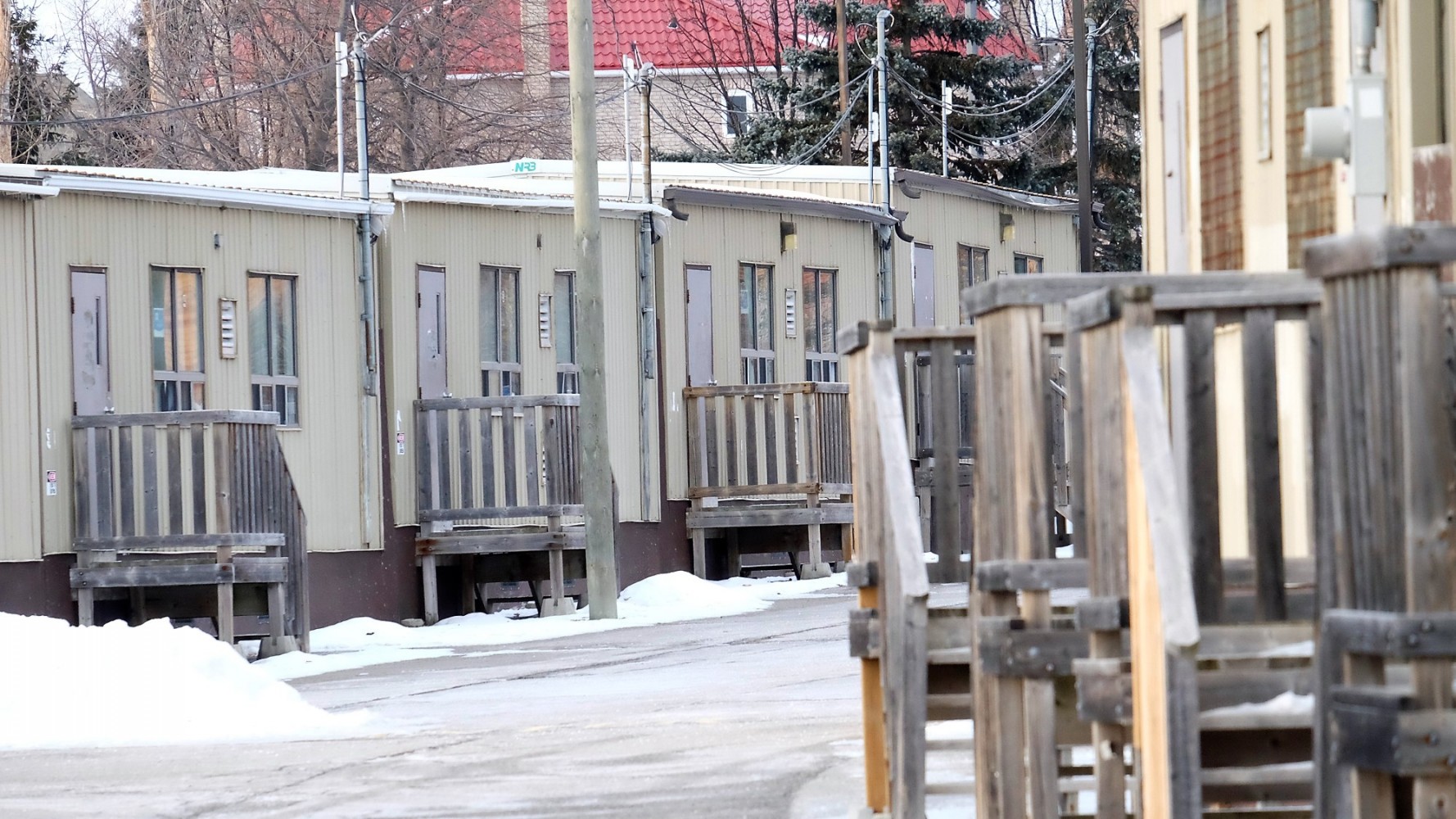
Brampton trustee says removing classroom caps could be good, others remain concerned
Students in overcrowded Brampton schools that cram hundreds of kids into portables because there aren’t enough permanent classrooms may suffer the most from changes to education the provincial government is contemplating.
On Wednesday, Education Minister Lisa Thompson announced she’d be holding consultations on several topics, including the current regulatory cap on class sizes that keeps kindergarten and primary classes down to a manageable number of students. She hasn’t promised to keep the caps in place, raising suspicions that the government, in the name of saving money, will raise or eliminate them.
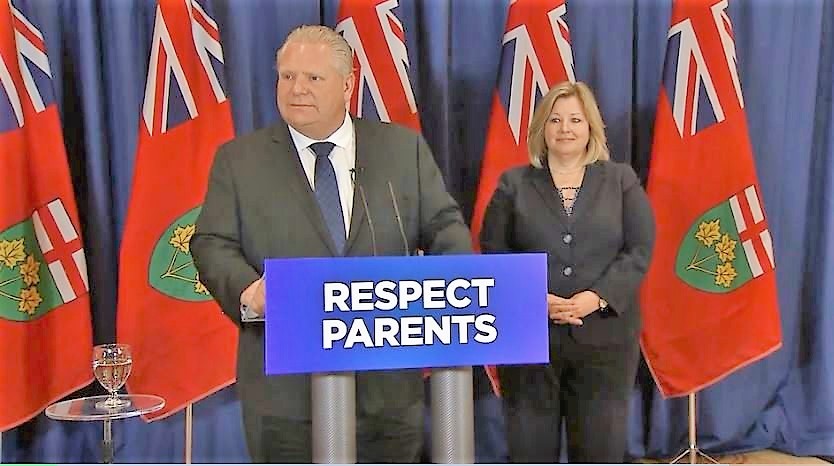
Premier Doug Ford and Education Minister Lisa Thompson
Brampton’s St. Thomas Aquinas Secondary School, near Torbram Road and Central Park Drive, has 22 portables to help house about a third of the school’s 1,937 students. St. John Fisher Elementary School currently has 10 portables, according to a spokesperson for the Dufferin-Peel Catholic District School Board. In the 2016-17 school year, those structures at the school, just south of the Bramalea City Centre, housed 299 students.
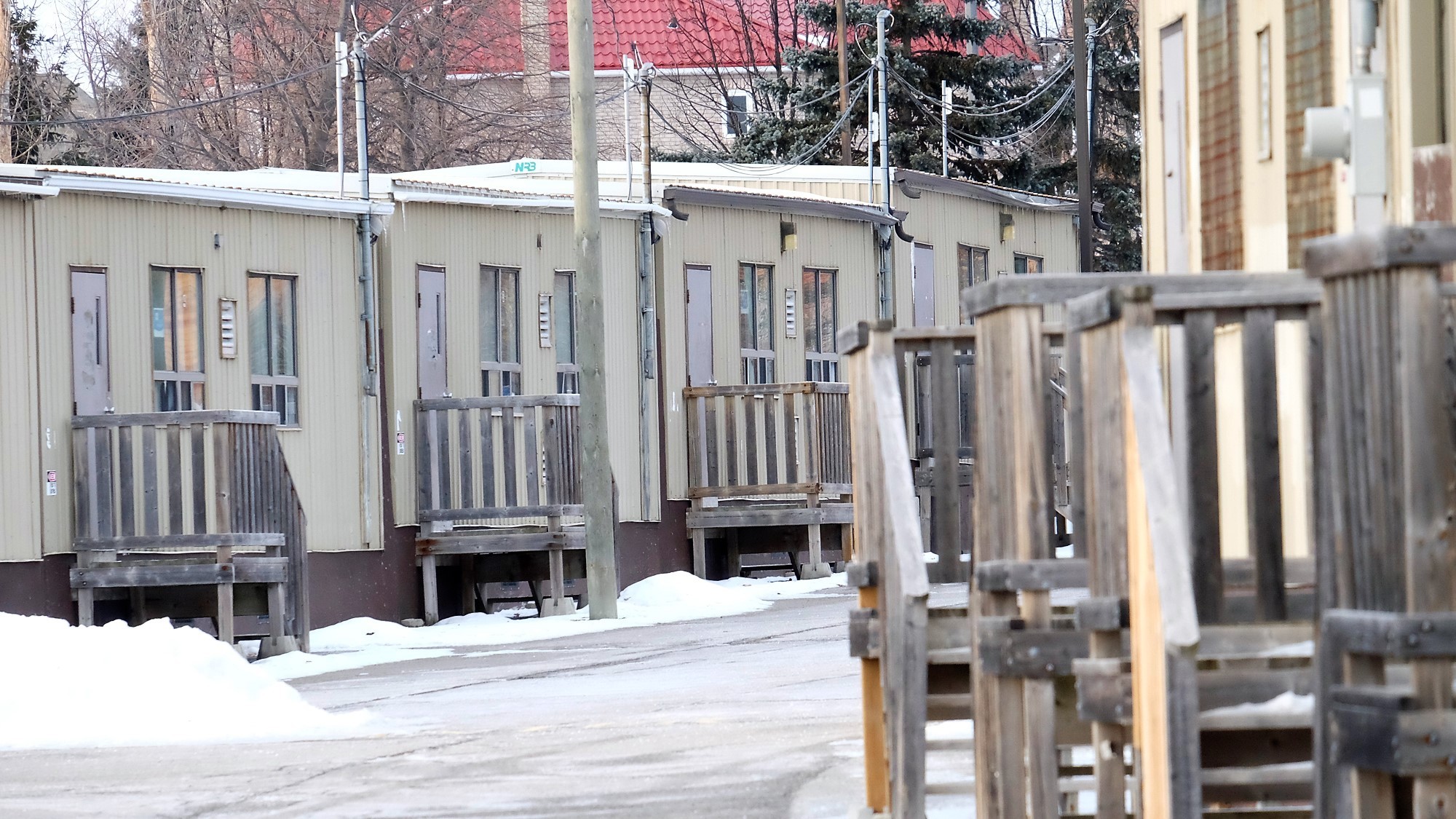
Raising the permitted size of individual classes may only exacerbate the issues faced in Brampton schools, where many children are newcomers to the city, children of new immigrants, or not fully proficient in English — meaning they may need a little extra attention in the classroom rather than have the teachers stretched even more thinly.
“I do not support increasing the cap. From my experience, I would say we need to decrease the cap, not increase it,” Councillor Harkirat Singh, a former Peel District School Board Trustee for Wards 9 and 10, told The Pointer. “Teachers need time to focus on the individual needs of students and can only do that with a reduction in class size.”
School construction in Brampton hasn’t kept up with a rapidly growing population; between 2011 and 2016, the most recent census data available, the city added 69,732 residents, many of them young families. Rapid growth has put serious pressure on many services, such as policing and affordable housing, as well as schools. And the proliferation of unregistered secondary suites (commonly called basement apartments), which often house newcomers to the city, has made a mess of planning models so that scores of unanticipated students may show up seeking to enter neighbourhood schools.
Two weeks ago, the PC government, led by Premier Doug Ford, had already informed boards of a $25 million funding cut to a grant program for special needs that could have a particular impact on Brampton students. Money for classroom tutors and to support the educational success of visible minority students was cancelled under the changes to the grant’s funding. In Brampton, where public schools commonly house student populations that are 80-90 percent visible minorities, many of whom require special work in the class because English is their second language, the cuts could have a dramatic effect.
Ford and his government used the same reasoning two weeks ago when those cuts were revealed to boards as they are now using to justify the review that could see class sizes increase: the need to reduce the province’s $14.5 billion deficit and return to a balanced budget.
Removing class-size caps would undo efforts made by the preceding Liberal government to bring down primary class sizes. The target, to have 90 percent of classes in Ontario consisting of 20 students or less, was reached in 2008-2009. In Peel's largest school board, that goal was reached one year earlier.
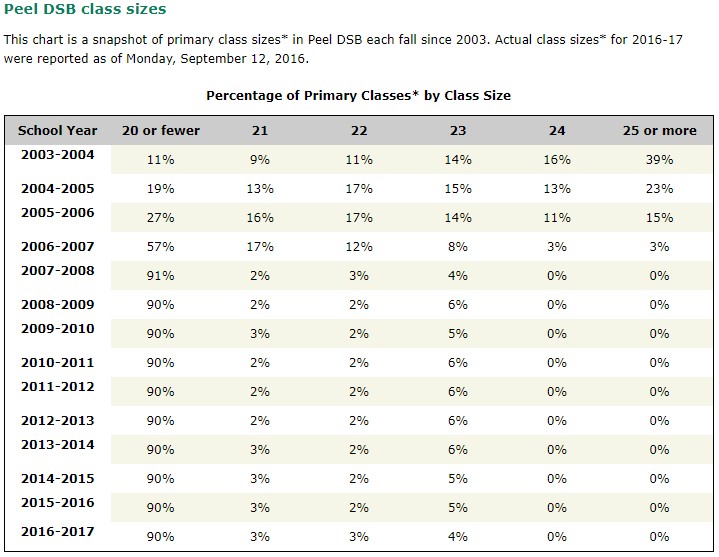
Dufferin-Peel Catholic District School Board Trustee Shawn Xaviour says that the board acknowledges “that the hard cap in Grades 1 to 3 does eliminate flexibility in terms of school-wide organization.” He said the review and the possible removal of hard caps on class sizes could benefit boards in some ways.
He said that “sometimes there are situations caused by growth or movement that result in a school organization plan that is not optimal. For example, if a school had 25 Grade 1 students in total, then it would require one class with 20 students and a combined Grade 1-2 class with 15 Grade 2s and five Grade 1s.”

Brampton School Board Trustee Shawn Xaviour
Others have noted that class size caps can lead to more portable units outside a school’s main building, which poses another set of challenges, as students and classes have to cope with distances between the portables and the actual building to use the washroom and a variety of resources inside the school. Portable units can also be colder in the winter and warmer in September, May and June.
Education critics have argued that portables are a Band-Aid solution that allows the province to neglect the proper funding for new school construction. The Ministry of Education for years has said that portables help boards house students temporarily until new schools are built and capacity is expanded in other ways by the time an area’s long-term build-out eventaually nears the end of its growth.
Ryan Reyes, manager of communications for the Peel District School Board, said that growth in Peel Region is a factor the school board observes very closely.
“Peel continues to grow and, as such, we work to find solutions — building new schools, constructing additions and/or adding portables to accommodate the growth. Each year, the Peel board’s planning department drafts a comprehensive planning document that outlines new construction (both schools and additions), school-by-school enrolment trends and projections and boundary changes.”
He added: “There are a number of considerations taken into account, including studying the birth rate, learning about new development approvals, considering how basement apartments and multifamily houses might affect students per household in some communities.”
Xaviour said the pressure a rapidly growing population puts on schools is a good reason to take a second look at limits placed on primary class sizes. “It could create a domino effect throughout the school. If there was no hard cap, and boards had the flexibility to meet a board-wide average, we would also have the ability to organize classrooms to create more optimal class configurations.”

One consequence of rapid growth is the increase in basement apartments. Also known as secondary suites, they present a huge issue because they are often found in homes with multiple families and large households — meaning a larger number of children than usual living at that address.
Only one property tax bill goes to a house that may in fact be housing multiple families, putting additional strain on the local schools without an equivalent boost to the tax base.
“It makes it difficult for school boards to project enrollments. Though the board has been getting better, the reality is, because of a shortage in affordable housing, many families can only afford basement apartments. This does cause additional strain on our schools,” Singh said.
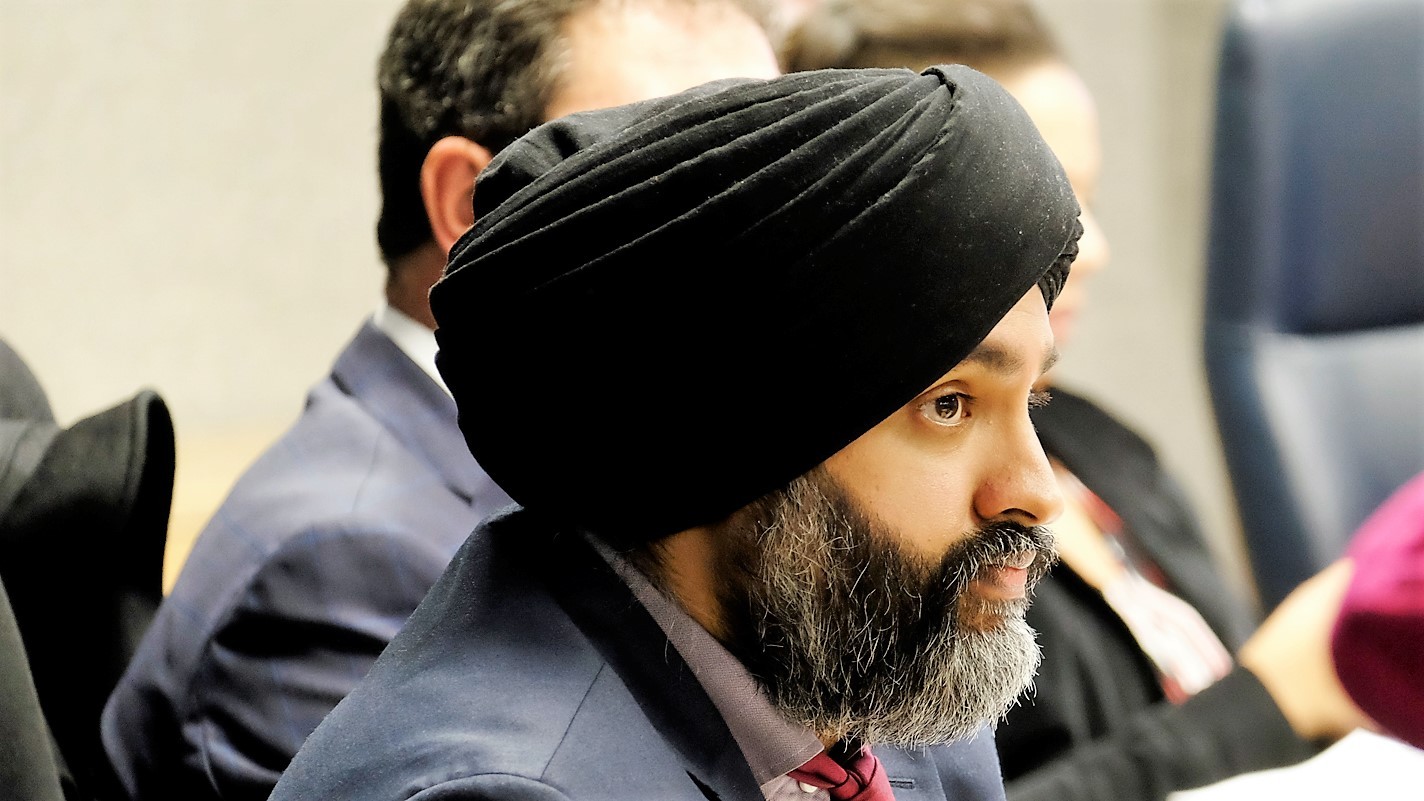
Brampton Councillor Harkirat Singh
Thompson’s review of class size caps is being billed as a follow-up to a recent consultation conducted on the Grants for Student Needs, a collection of allocations of provincial cash to each school.
“The Grants for Student Needs (GSN) funding formula is highly dependent on enrolment. Therefore, enrolment growth in Brampton would be reflected in the calculation for GSN funding that the DPCDSB is eligible to receive,” Bruce Campbell, a spokesperson for the Catholic board, told The Pointer.
Singh takes issue with the way new school construction is funded. “Schools tend to only receive funding after there are enough families and students living in the surrounding community. Then construction can take another couple of years. So what happens is that the surrounding schools feel pressure until the new school is built. What needs to happen is that a school needs to be ready for families as they move into a new community.”
Xaviour says that he and the board will be observing the review closely and “we are hoping the consultation will result in a board-wide class size average that reflects an optimal classroom size, while at the same time giving boards the flexibility to develop school organization plans.”
Email: [email protected]
Twitter: @mansoortanweer
Submit a correction about this story


